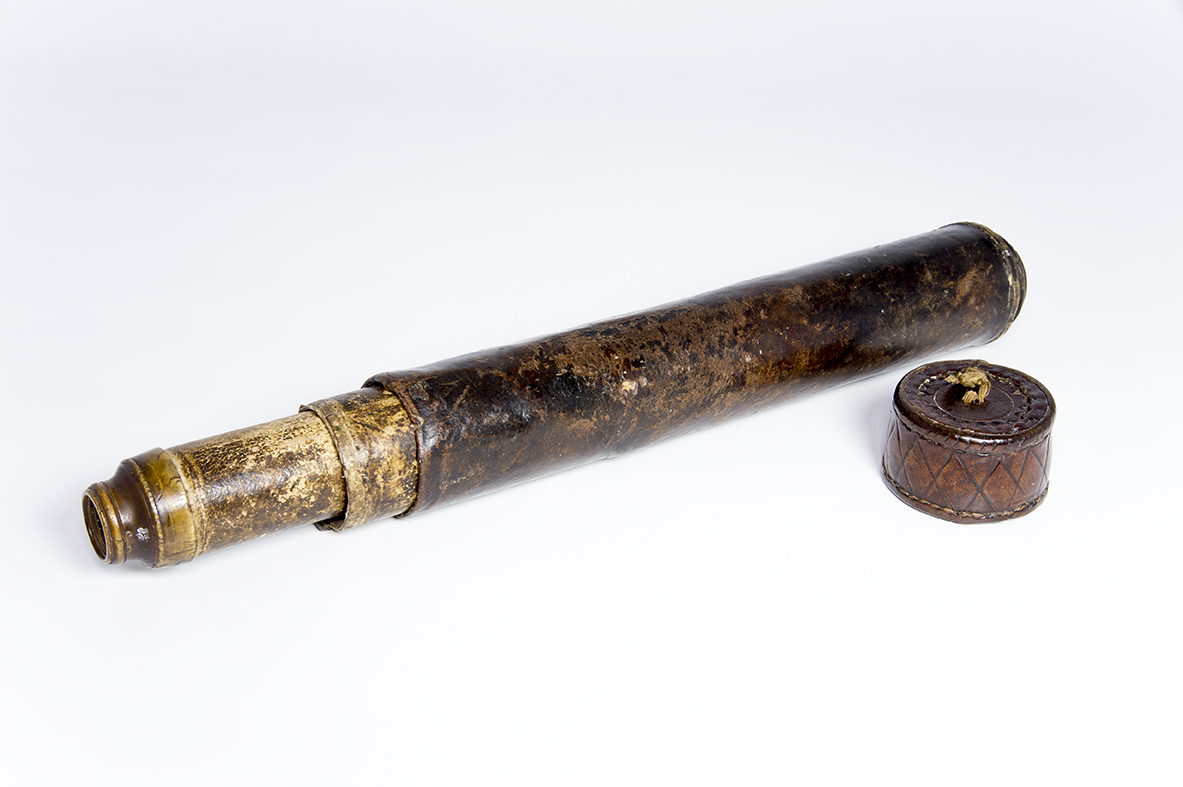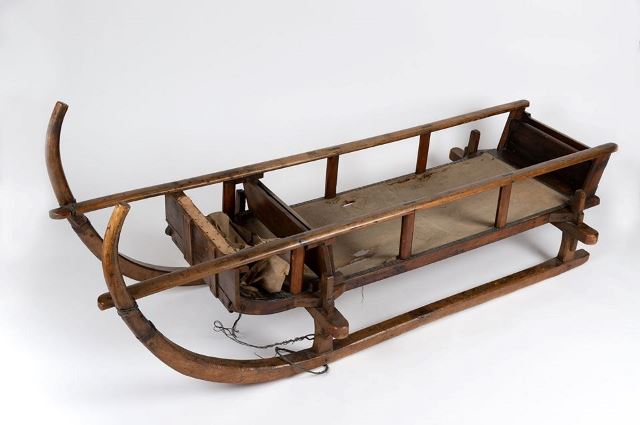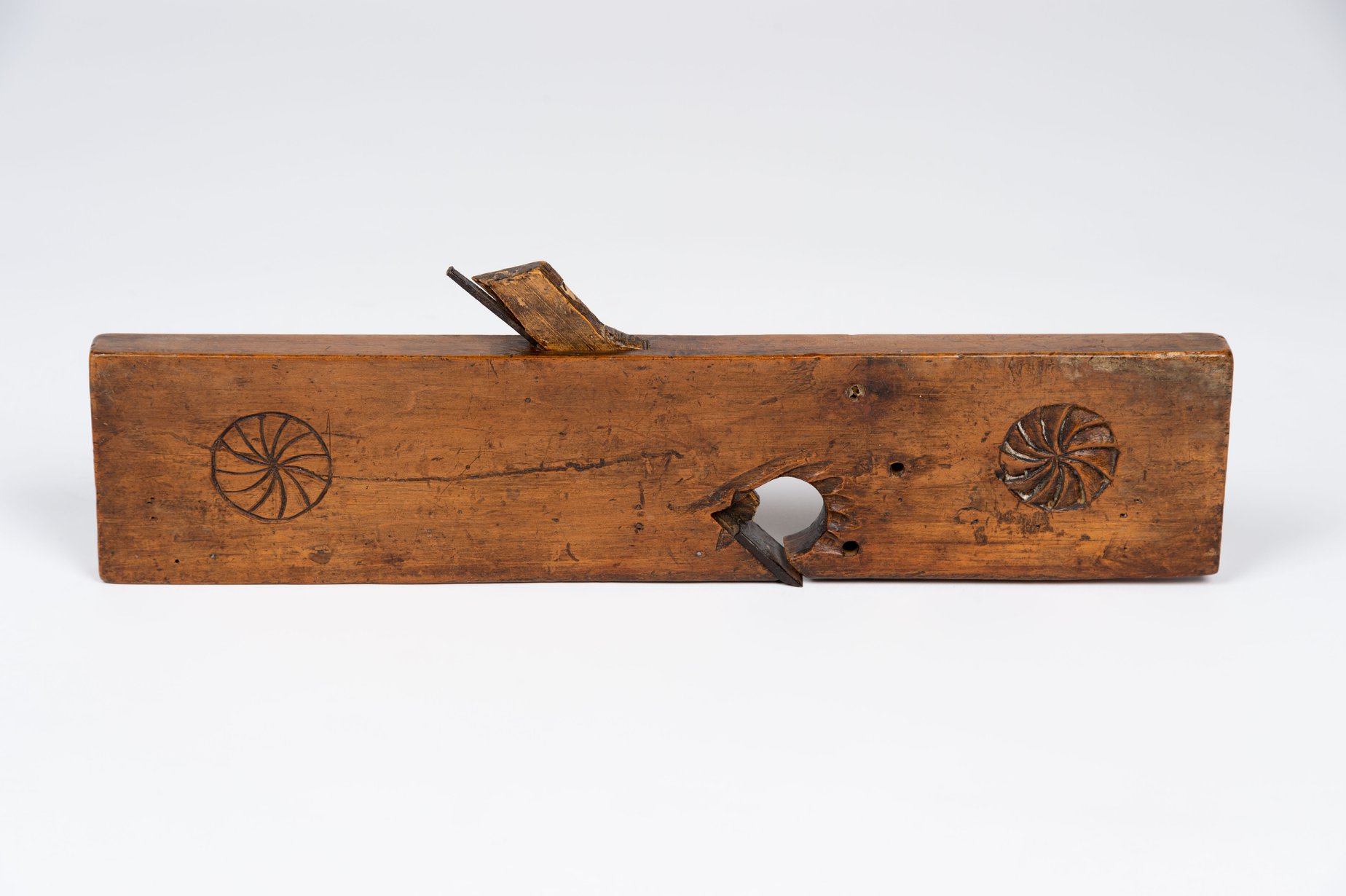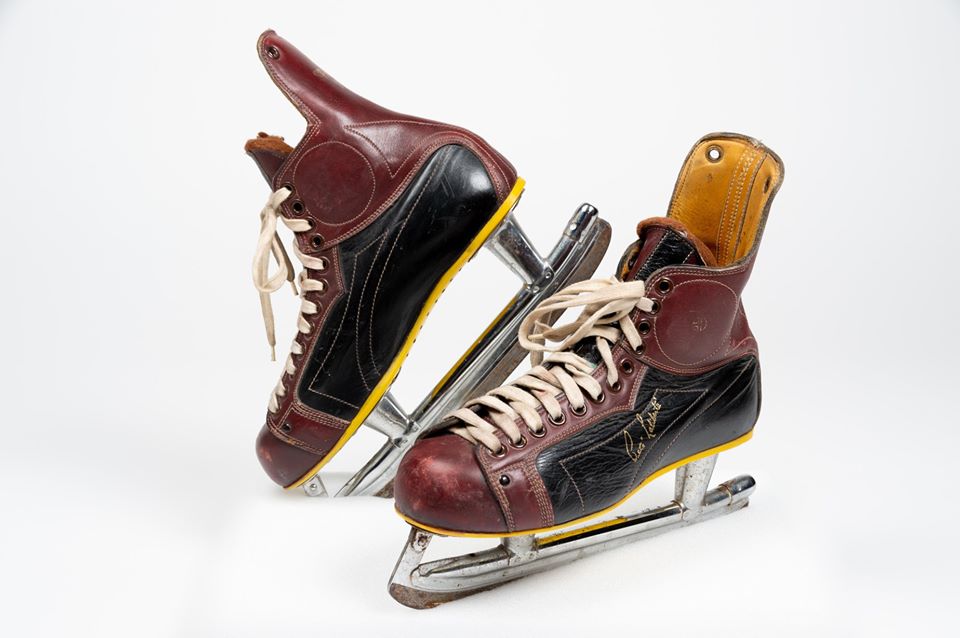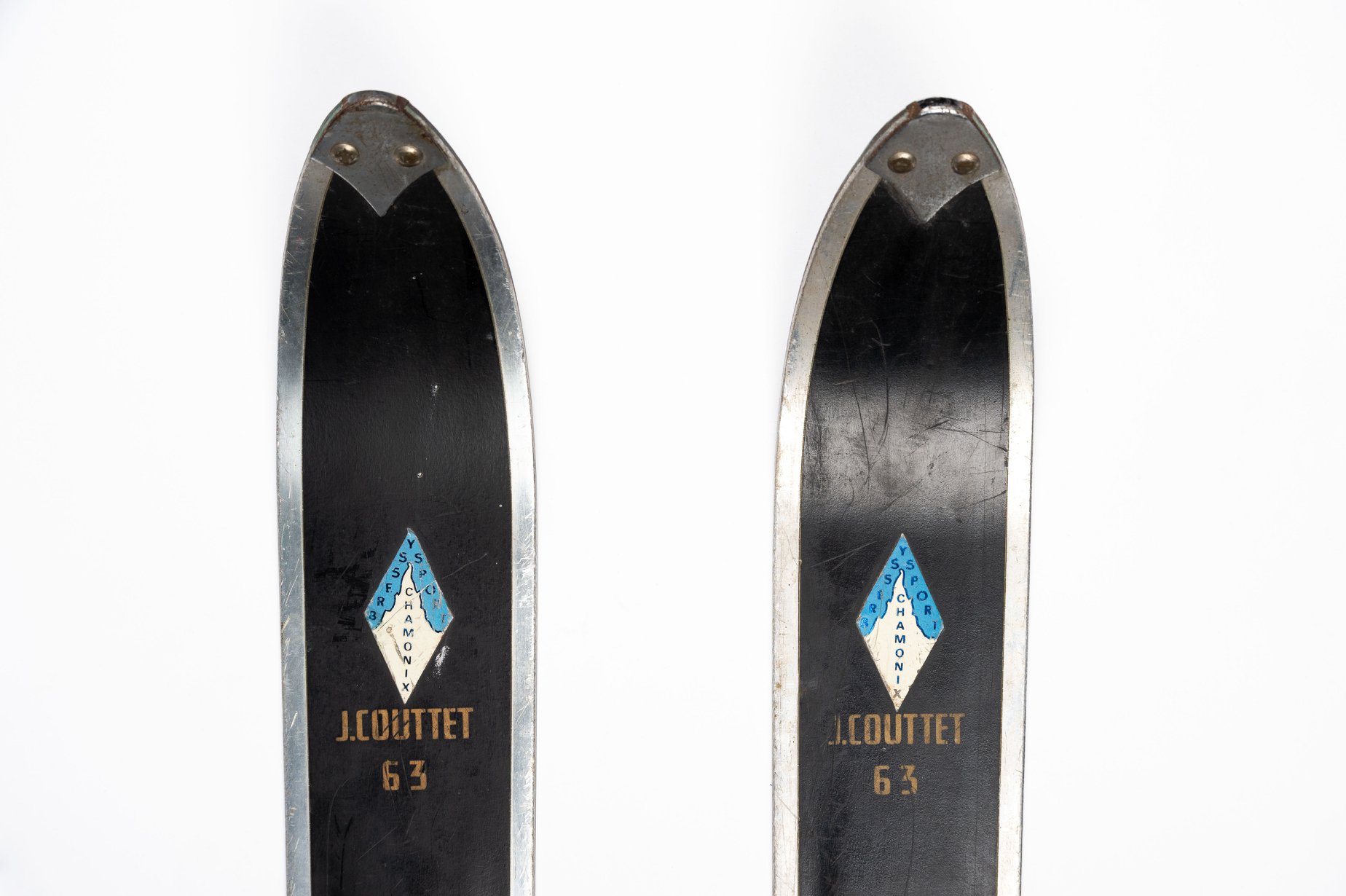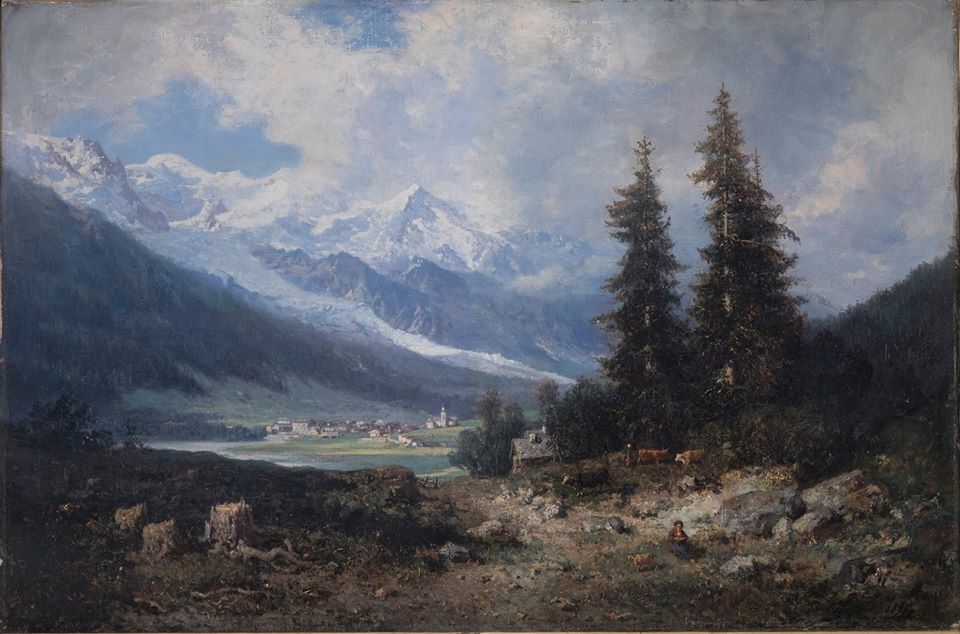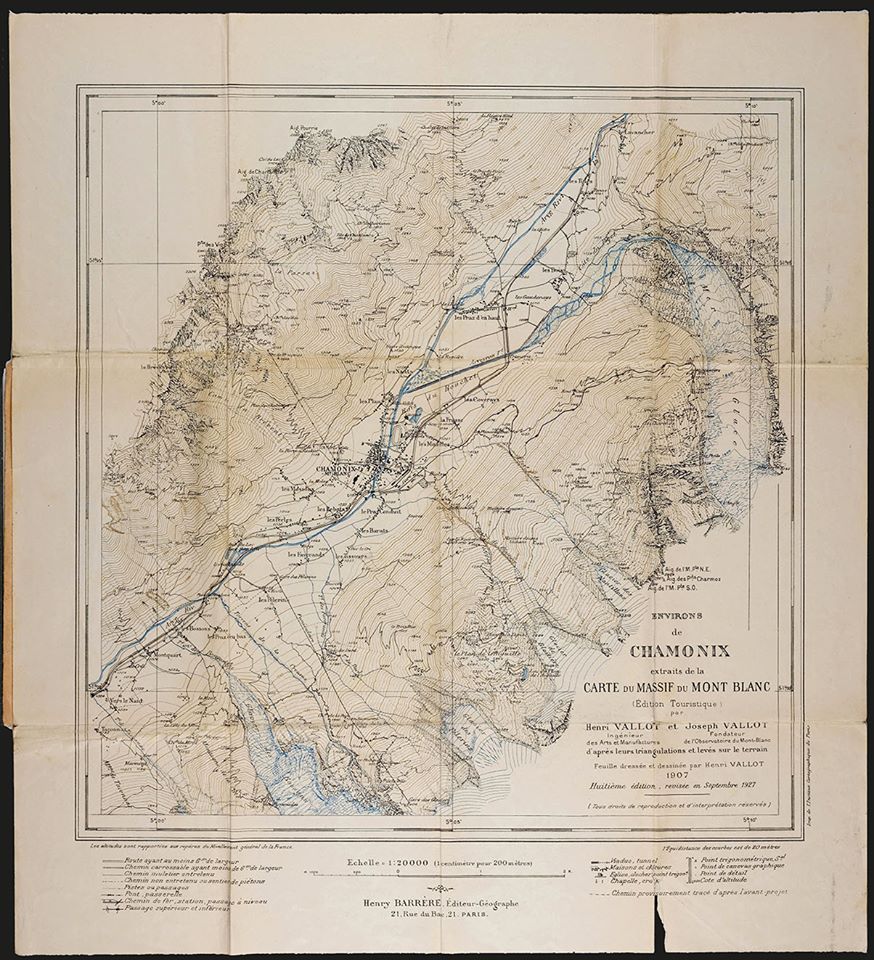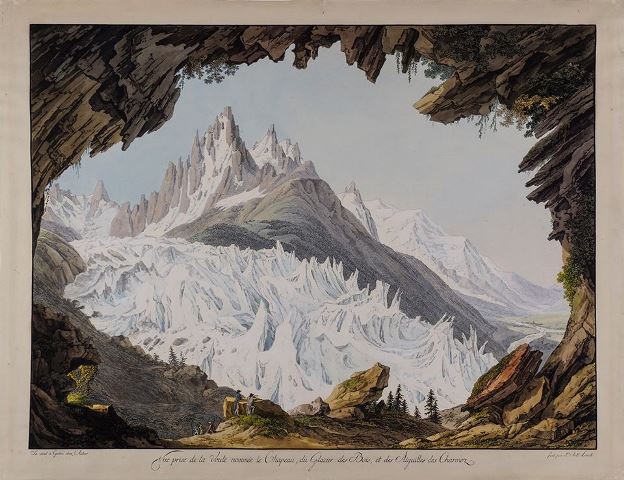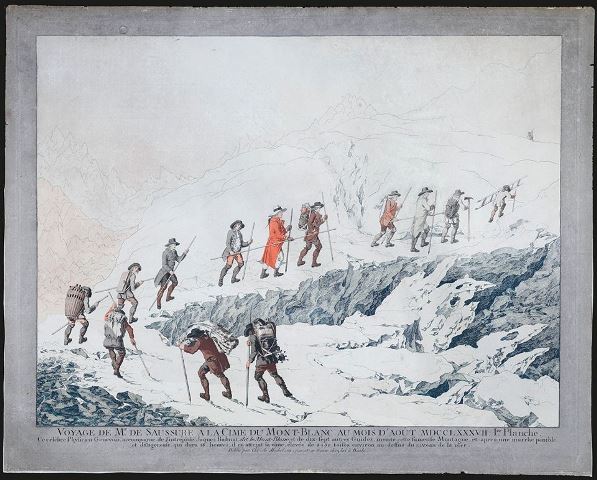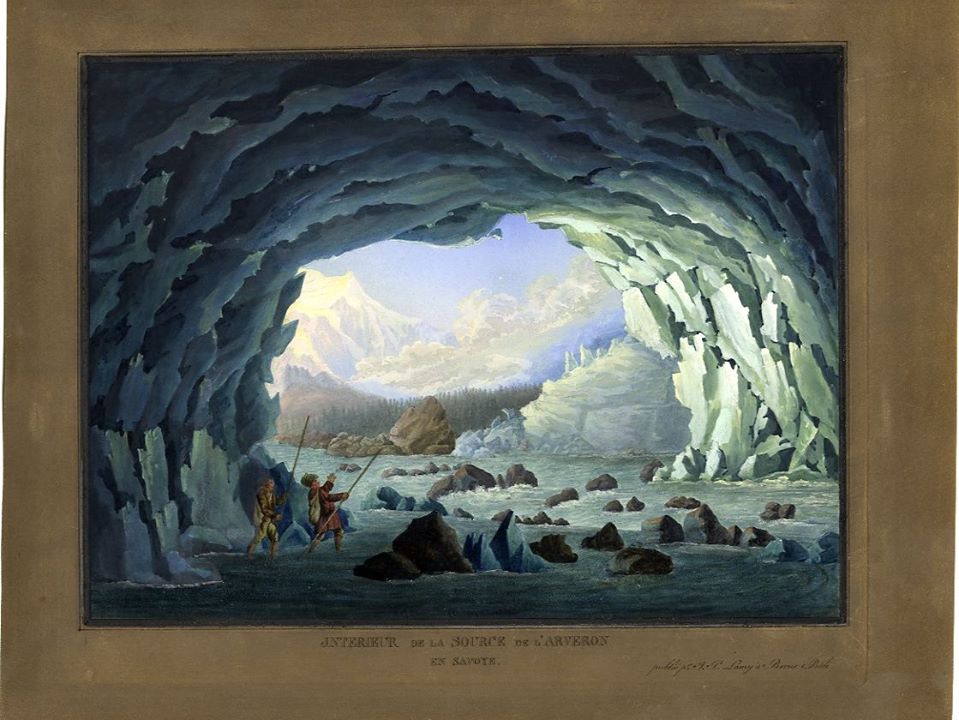The Alpine museum preserves and displays more than 15,000 exhibits. Learn more about the collections.
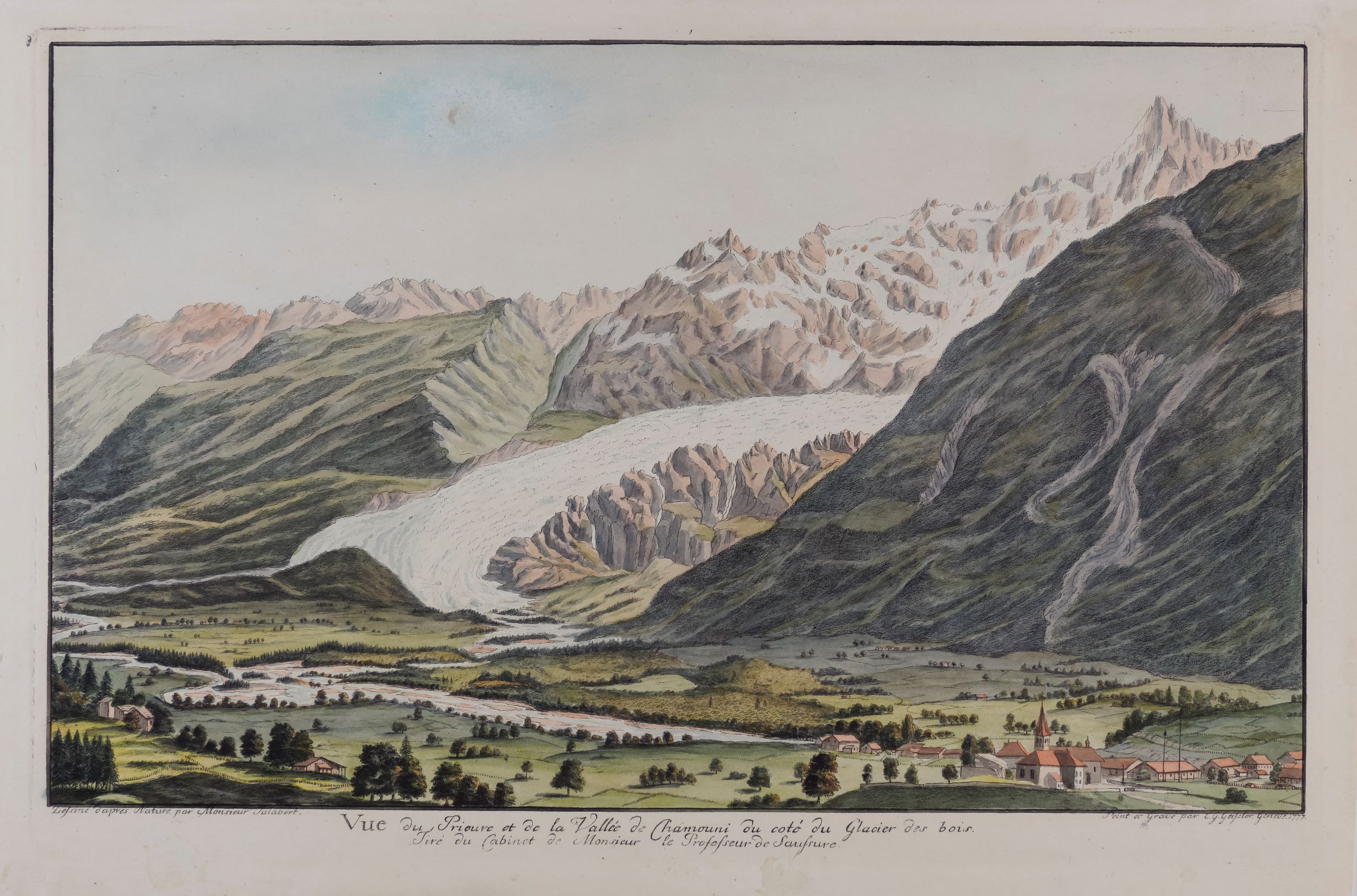
The Alpine Museum is a general interest museum, with collections from different fields, whether artistic, historical or scientific.
Since the 19th century, it has been home to a collection that tells the history of the Chamonix region, and how it has developed from a small rural village to the prominent tourist resort it is today. Ittraces the development of mountaineering,including the first conquest of Mont-Blanc, to the increase in popularity of winter sports, and the scientific history of Mont-Blanc.
Today, the collection includes nearly 15,000 artefacts, covering the period from the end of the 18th century to the beginning of the 21st century, from the Chamonix valley or the geographical area of Mont-Blanc.
The collections include precious evidence of the early days of mountaineering and the work of scientists who studied the mountain. This material often belonged to famous mountaineers and shows the evolution of techniques and sporting pursuits in the high mountains. This part of the collection is expanding to complete the display with more recent objects.
The ethnographic collection reminds us that for many years the population of the regionmade its living from agriculture and raising livestock, or as craftsmen working with textiles, wood and horn. It shows the progressive impact of tourism on businesses with infrastructure related to hotels and tourist accommodation, new mountain sports and leisure activities.
The museum has many items illustrating the craze for winter sports from the beginning of the 20th century, such as ski equipment, bobsleigh, sledges etc. It has a large collection of tourismand sports posters linked to major events such as the first Winter Olympic Games in 1924. Transport, winter sports, ski competitions, mountaineering, cable cars, hotels, hydrotherapy and lakes are the main themes depicted by some of the big names in poster art.
The collections include a large stock of pictures, with a very substantial collection of prints, including nearly 1,100 prints, as well as paintings and drawings by around 200 artists, and also maps.
These images reflect the importance of the role of admiring views in the history of tourism and the way the image of the high mountains has been constructed since the 18th century. Theychronicle the evolution of the natural and urban landscape of the Chamonix valley. The paintings in the collection include works by a number of artists from the Society of Mountain Painters. The Alpine Museum also has an estimated collection of more than 4,000 exhibits consisting of photographs, glass plates and postcards.
The collection of printed documents and manuscripts brings together various elements of great historical value, such as hotel registers, guide books, guest books of mountain huts, catalogues of mountain and ski equipment, and documents related to scientific research in the region.
Finally, the museum has a mineral collectionmade up of more than 400 specimens, with the most beautiful examplesfrom the Mont-Blanc massif displayed in the Museum of Crystals.
